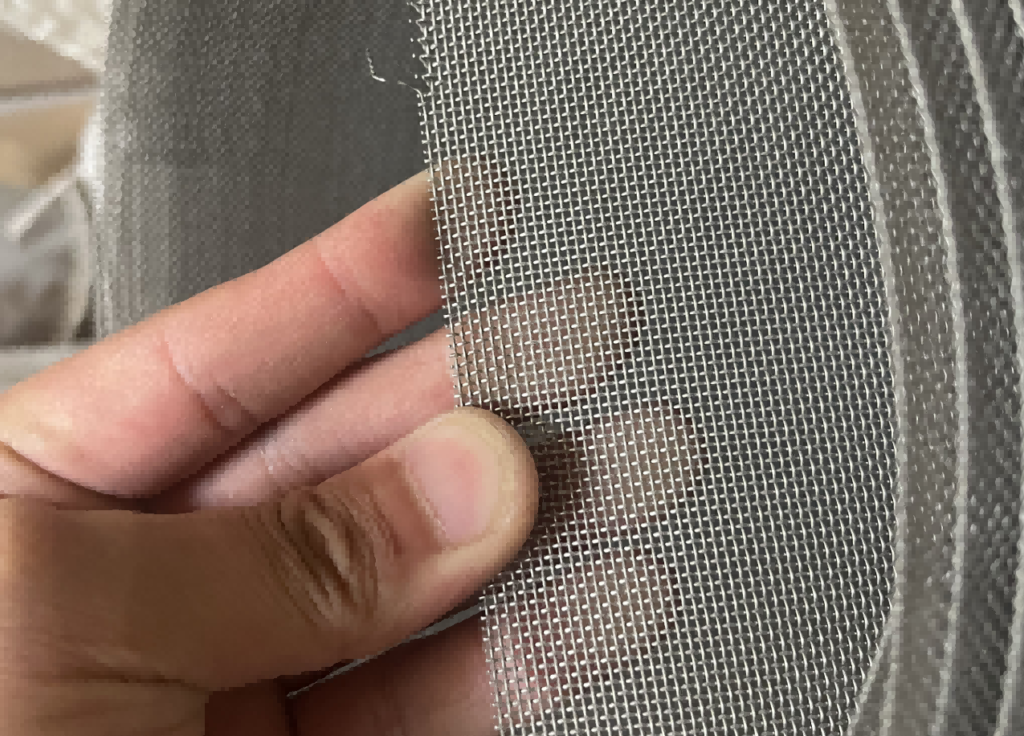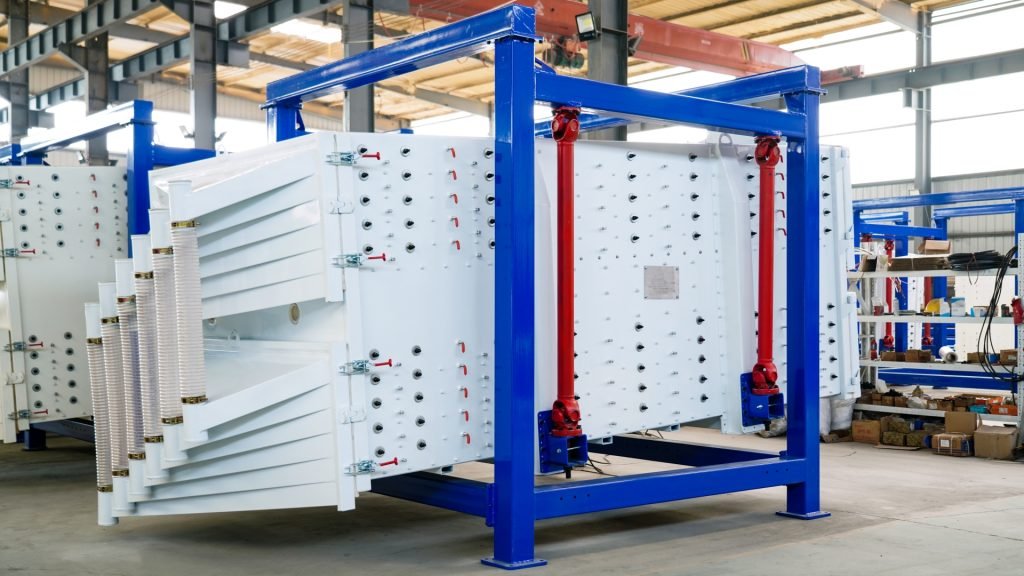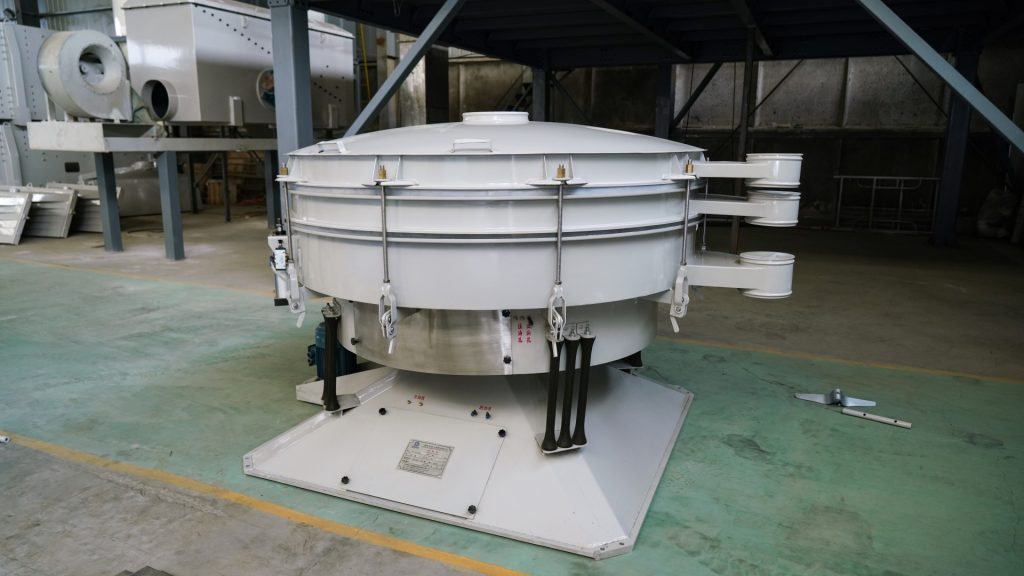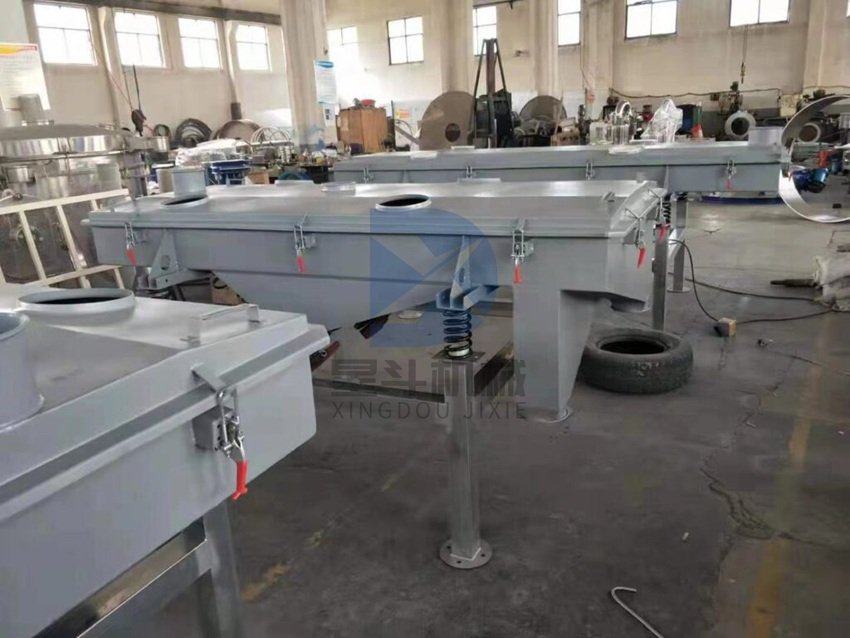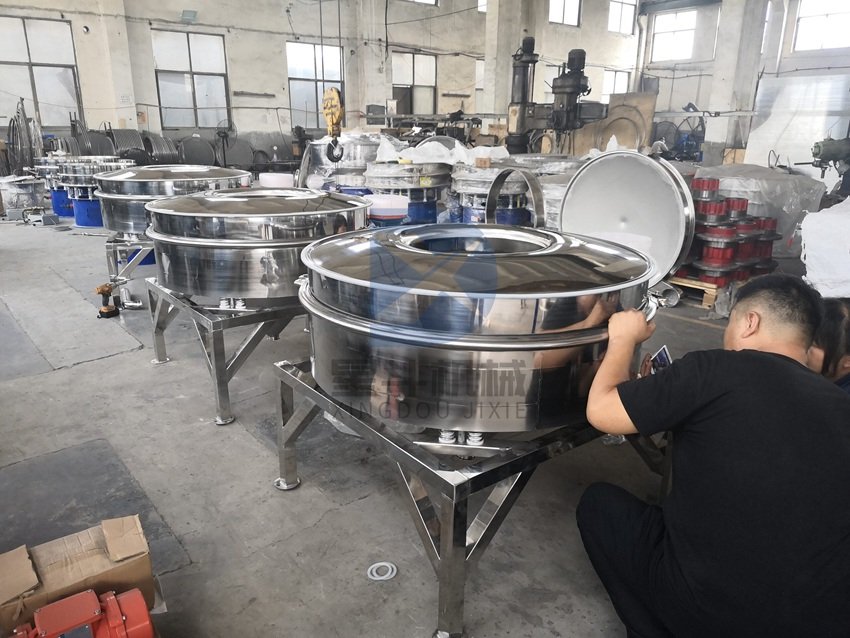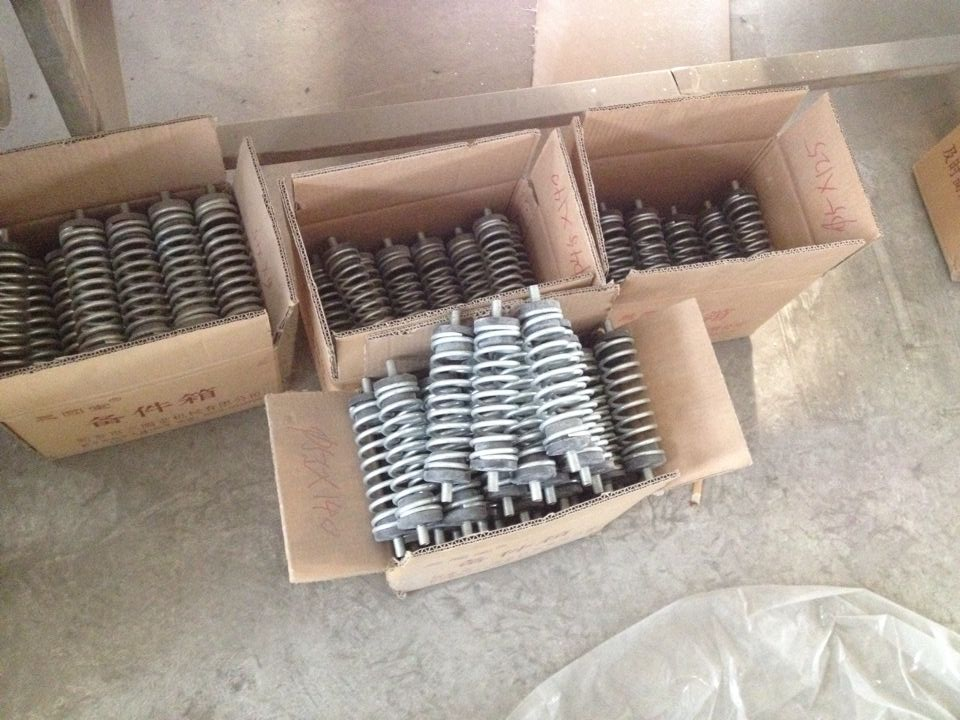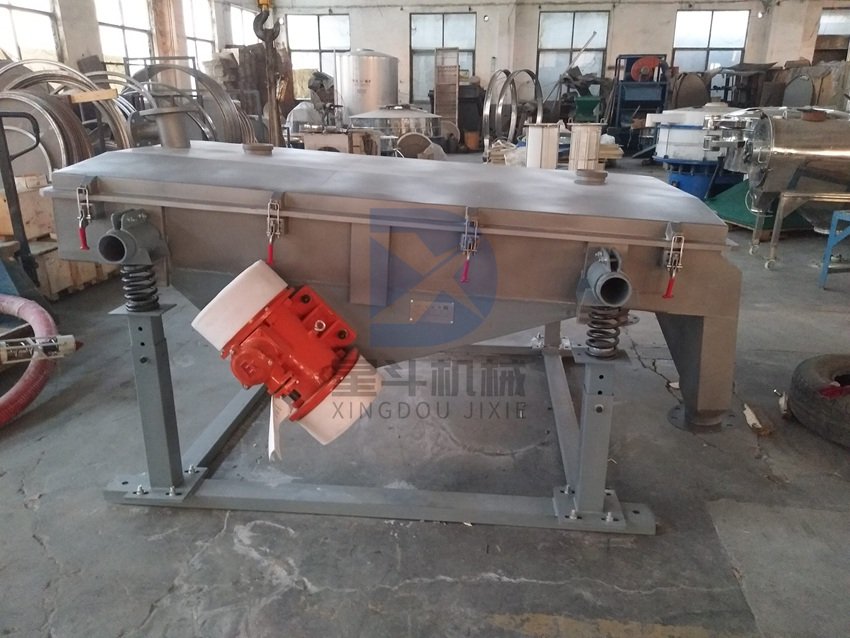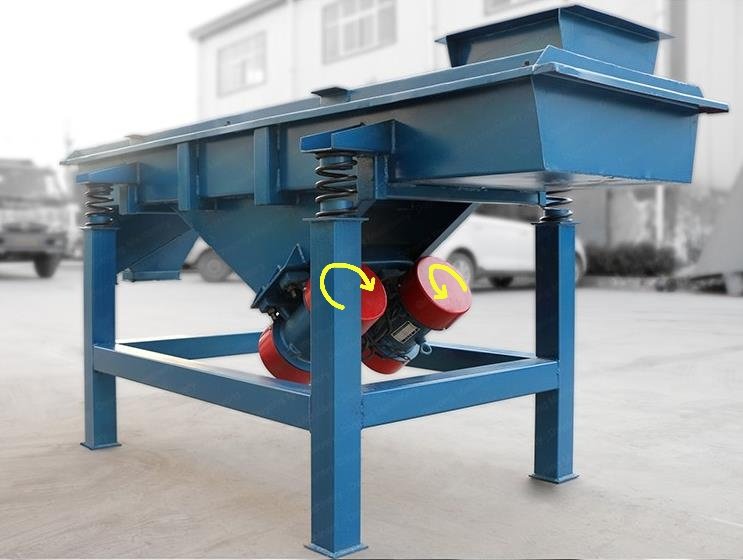Sieve: the relationship between (mesh-aperture-wire diameter)
The relationship between them is very simple, first look at the picture, then understand the definition, I will give another example, and you can easily understand the relationship between them.
Metal braided mesh
As can be seen from the picture, the metal woven mesh is woven with metal wires, and the mesh is square.
Definition
Sieve mesh number: The mesh number of the screen mesh refers to how many holes are arranged in a length of one inch (25.4mm), that is, the number of meshes. We refer to the screen mesh as A for short.
Wire diameter: The diameter of the mesh wires that make up the metal woven mesh. Let’s call it B for short.
Aperture: The length or width of a square mesh. We call it C for short
Then the relationship between the three of them is A=B+C. The three of them are like this.
Now the problem comes, according to the definition of mesh size, it is only determined that A, B, and C are not clearly defined. But what determines the particle size of the powder passing through the sieve is the aperture (C), for example: when A is 50 mesh: B (0.122mm) + C (0.3mm) = A (50 mesh), and B (0.14mm) + C(0.28mm)=A(50 mesh)
Therefore, if you have high requirements on the particle size of the sieve when purchasing a vibrating screen or accessories related to the sieve, please directly say the aperture (C), which is the most accurate and can determine the particle size of the sieve, B (Wire Diameter) What he determines is the thickness of the wire of the metal woven screen.
B (wire diameter) is large so that A remains unchanged, and C (aperture diameter) will be smaller. Such screens usually have a longer service life,
B (wire diameter) is small so that A remains unchanged, and C (aperture diameter) will be larger. This screen usually has a higher screening efficiency.
Usually, we prefer customer diameter to tell us the aperture (C), which is more accurate.

